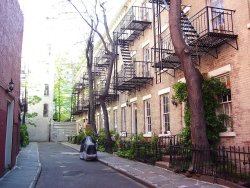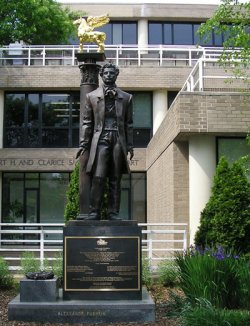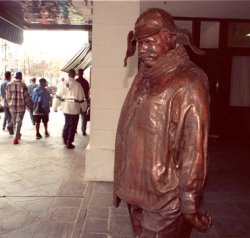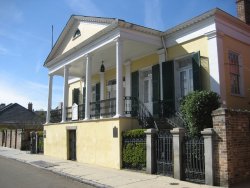Patchin Place
Patchin Place, a quiet dead-end alley off West Tenth Street, was home to many writers, musicians, and artists over the years. Notable residents included John Reed (1 Patchin Place), e.e. cummings (4 Patchin Place), Djuna Barnes (5 Patchin Place), and Theodore Dreiser. While the alley is closed to vehicular traffic, the gate is usually open on the sidewalk for residents and visitors alike.














